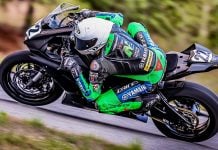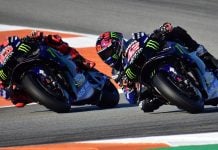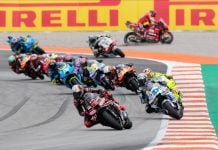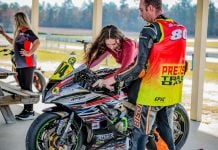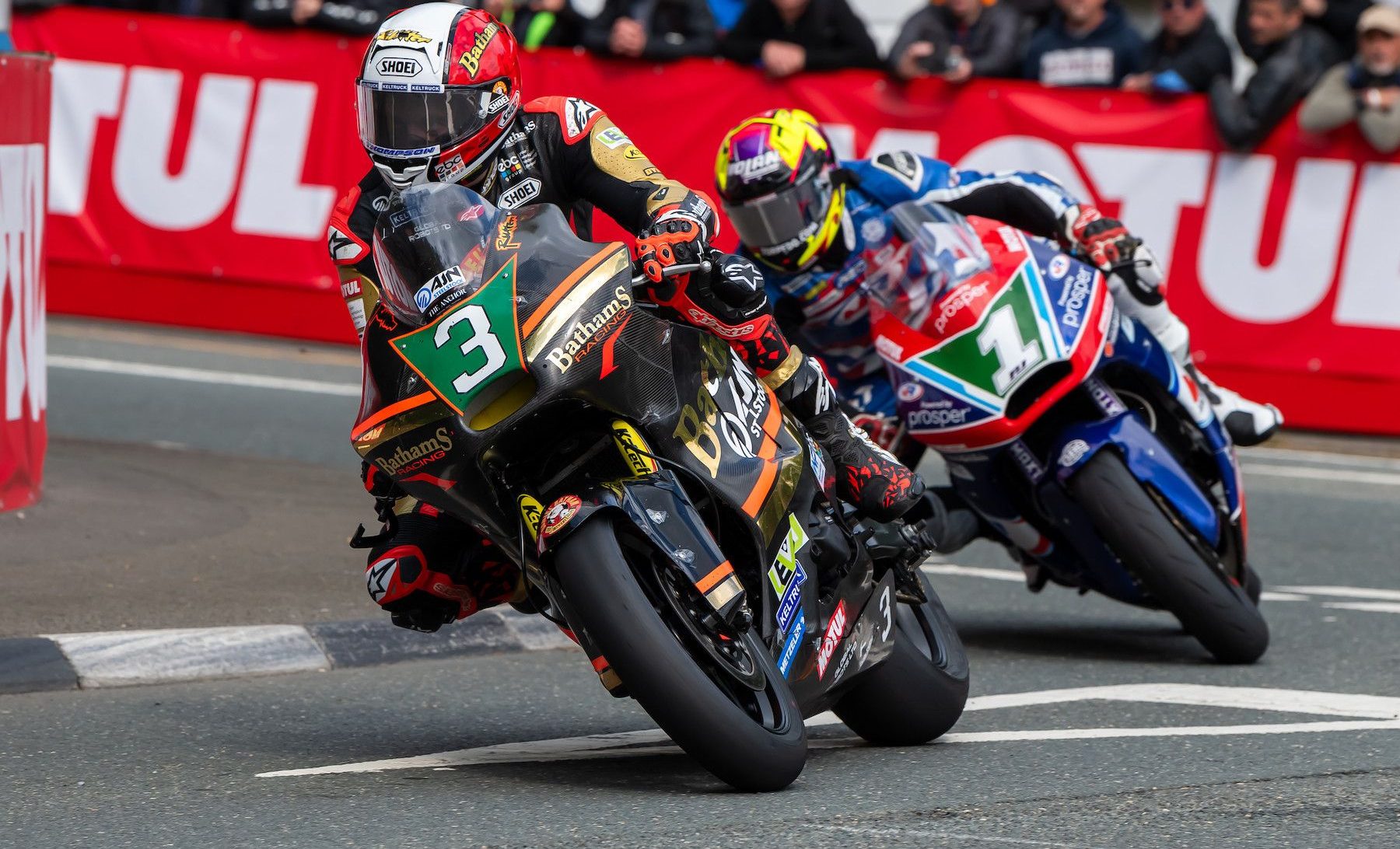FIRST PERSON/OPINION & SPECULATION:
COULD A FLAT-TRACKER SOLVE DORNA’s MOTO3 PROBLEM?
By Michael Esdaile
Could the machine that not too long ago revitalized AMA-sanctioned American Flat Track (AFT) and also provided the preferred platform for the Lightweight class at the Isle of Man Tourist Trophy do the same for Moto3 Grand Prix racing?
We’re talking about the 650cc Kawasaki Parallel Twin that has been in production since 2006 and has been winning races for 18 years. And still is. The words “tried and true” spring to mind.
Another contender that has followed the same route is Yamaha’s 690cc Parallel Twin, with more recent success than the Kawasaki. The 690 Yamaha won the AFT Production Twins Championship in 2019 and 2021 with Corey Texter and in 2025 clinched the AFT SuperTwins Championship during the season finale at Eldon Missouri’s Lake Ozark Speedway, ridden by Dallas Daniels.
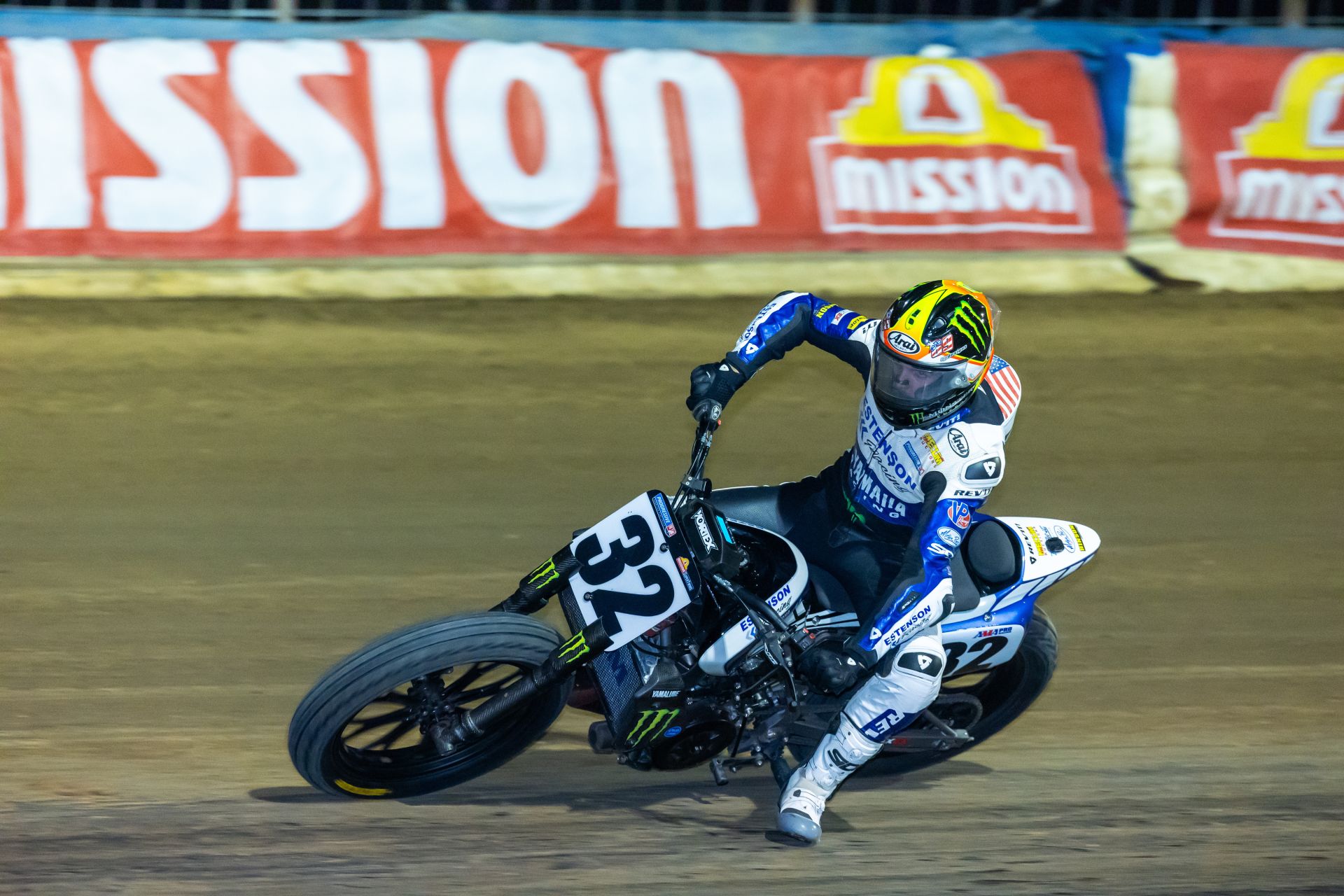
Either one of these Japanese Twins could provide the platform for the planned major revision in the Moto3 class of Grand Prix racing where there is concern that many of the current crop of riders are simply too big for the little 250cc single-cylinder racebikes built by Honda and KTM.
When the Moto3 class was launched, the minimum age for riders was 15. In recent years that has been slowly raised and is now 18 years. There are now several riders who struggle to fit onto the small, lithe 250cc Singles and this is a concern for Dorna executives.
There is another concern — the step up from Moto3 to the Moto2 class is now difficult for some riders. There is a big difference between a 185-pound (84 kg) 250cc 55-horsepower Moto3 Single and a 330-pound (150 kg) 765cc Moto2 Triple. When the Moto2 class was initiated as a replacement for the 250cc GP class, the Honda CBR600 engine was used in bikes weighing 308 lbs. (140 kg).
Riders stepping up from Moto3 today have to deal with heavier machines than before, but more importantly, they need to adjust to the vastly different torque output of the Triumph 765cc engines used in Moto2.
This has been a topic of conversation within Dorna Sports S.L., the Spanish company that has held the commercial and audiovisual rights for MotoGP since 1991.
What has been discussed is a completely new set of technical rules. In the near future, likely 2028, the 250cc Singles will be replaced.
But with what? Grand Prix officials are not saying openly but clearly there has been back-channel dialogue, with production-based 500cc twin-cylinder machines mentioned in 2024, while early this year there has been speculation about twin-cylinder engines up to 780cc.
Price Cap
The key to the new regulations is price. In 2024, a $88,000 U.S. (75,000 Euro) price cap for the new Moto3 machines was under consideration. Now a price cap of $59,000 U.S. (50,000 Euro) is being discussed, with bikes weighing as little as 120 kg and producing about 90 horsepower. The price cap for the current Moto3 machines is $205,000 U.S. (175,000 Euro).
Cost Considerations
Escalating costs for racing machines is not confined to the GP classes. It has been a concern in U.S. racing, too.
Concerned at the escalating costs of maintaining the legendary Harley-Davidson XR750s in American Flat Track racing, in 2009 the American Motorcyclist Association (AMA) asked former long-time Harley engineer and tuner Bill Werner to find a cheap but competitive (and reliable) XR alternative.
Werner opted for the Kawasaki EX650 Parallel Twin. He had some experience with that model, having prepared a road-racing version for a 300-mile MotoST endurance race at Daytona in March 2007. With 49-year-old Jay Springsteen and 45-year-old Jim Filice riding the Kawasaki entered by the Pair of Nines team and managed by Gary Nixon, the 650 Twin won its class in the MotoST endurance race — by a lap.
So for the flat track racing “proof of concept” Werner bought an EX650 off eBay for $1,500, removed all the fittings needed for road use and with this stripped-down machine, Bryan Smith scored Kawasaki’s first AMA Grand National win at the August 28, 2010 Indianapolis Mile, run the same weekend as the MotoGP at Indianapolis.
Werner says that in addition to the $1,500 for eBay purchase “my total investment to build the bike was $6,000, for suspension, wheels, motor modifications, etc., as opposed to $25,000 plus for the XR750 Harley.”
Werner had backing from Monster Energy and Kawasaki Motors Corp. USA but adds, “It was my way to give back to the sport that did so much for me. I loved the challenge!”
Of the 19 finishers at the 2010 Indy Mile, only two other riders were not racing Harley-Davidson XR750s: 12th-placed Larry Pegram (Ducati) and 16th-place Shawn Baer (Triumph).
Proving that the win at Indy was not a fluke, Smith again beat Harley-Davidson’s Chris Carr the following weekend at the Springfield Mile. This time there was one other Kawasaki 650 Twin in the results, ridden by Johnny Lewis, who finished 10th.
The seed had been planted. A year later there were six Kawasaki Twins among the 54 entries at the September Springfield Mile, with four making it to the 26-lap main event. Of those, Lewis was the best finisher, less than three-10ths of a second behind the winning XR750 Harley-Davidson, with Australian Luke Gough finishing 15th on his EX650.
Another year saw eight of the Kawasaki Twins at the Springfield Mile in September, with Bryan Smith winning on an EX650, this time mounted in a dirt-track frame built by Howerton Motorsports that had been campaigned by the Australian Gough in 2011.
By the 2015 September Springfield Mile, an astounding 27 Kawasaki EX650s made up the GNC2 class’s 35-bike entry, with another 23 in the GNC1 class. That’s 50 Kawasaki 650 Twins…
Once again, Bryan Smith won the GCN1 class, on a Kawasaki, this time prepared by Howerton Motorsports in Indianapolis.
Werner’s effort in the 2010 season had paid off for the AMA and brought a lot more young racers into the sport they had previously been shut out of by the prohibitively-expensive-to-run XR750 Harley-Davidson.
Lightweight TT
But it was not only in AMA flat track racing that the Kawasaki 650 Twin was proving popular. On the other side of the Atlantic, the British Auto Cycle Union decided to re-establish the Lightweight class at the 2012 Isle of Man TT. Rather than using 250cc GP machines, the race was now for series production 650cc Twins. Right away the Kawasaki 650 proved the popular choice, with all but 11 of the 43 starters in the inaugural race on EX650-based machines, Ryan Farquhar winning at a race average speed of 114.15 mph.
This class allowed almost unlimited engine modifications but mandated use of the standard road bike chassis. Private British tuners soon boosted the power output of the 650 Kawasaki Twin and in 2013 James Hillier on the winning Kawasaki averaged 117.69 mph.
Again, Kawasaki 650s dominated the class, 32 of them making up the majority of the 43-bike field. By 2014 all but five of the 49 Lightweight TT entries were 650 Kawasakis.
One of them was an Italian Paton, a 650 Kawasaki engine in a chrome moly frame raced by Ollie Linsdell to sixth.
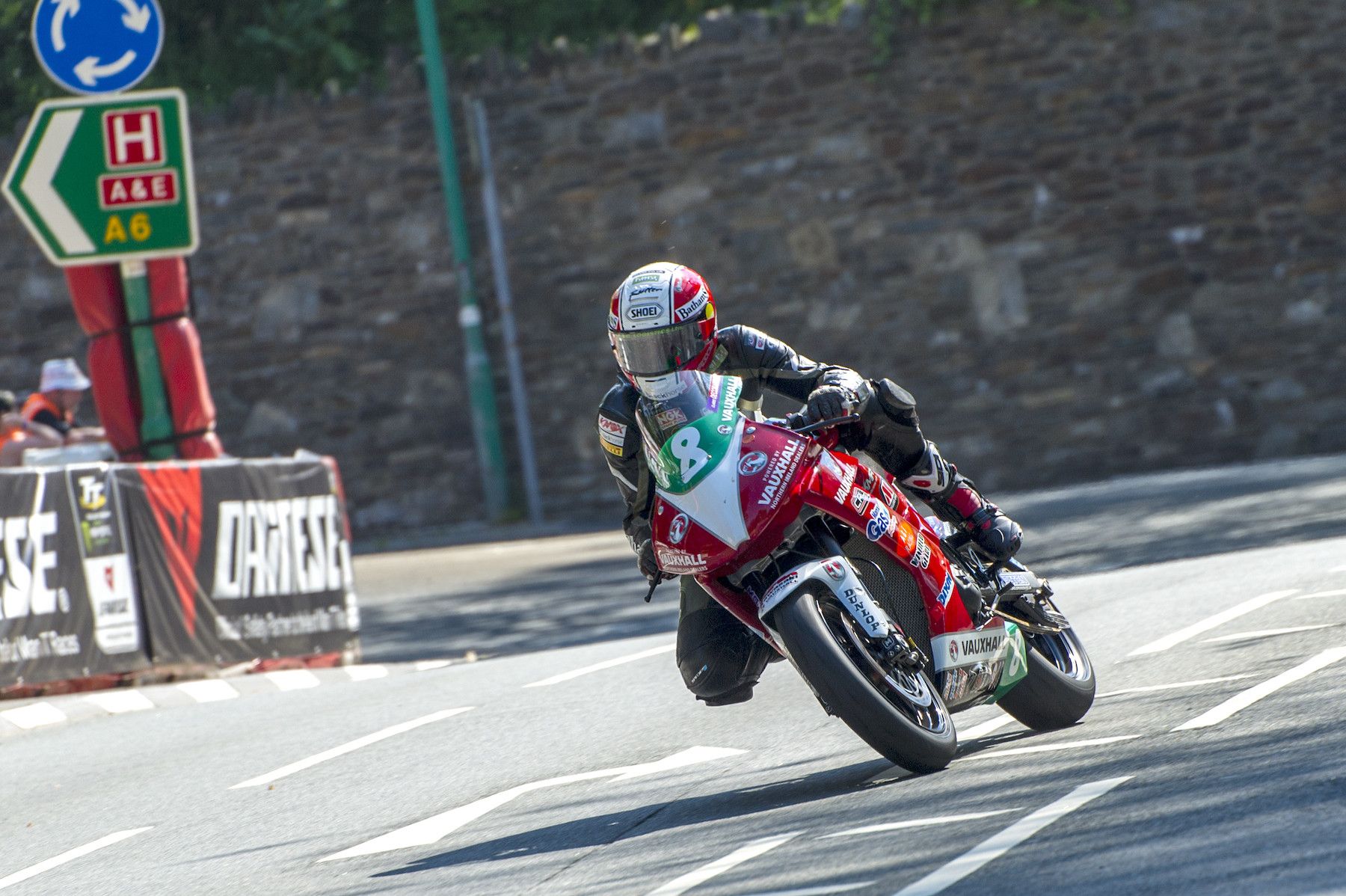
The 2015 edition of the race saw the winning average speed upped to 118.936 mph by Ivan Lintin and this time Michael Rutter brought a Paton home in third place, at 117.657 mph.
For the 2016 Lightweight TT, a staggering 53 riders faced the starter, all but 12 of them using 650 Kawasaki power.
Michael Rutter finally gave the Kawasaki-powered Paton a win, when he topped the 39-rider field in 2017, by now almost all on Kawasakis. Despite the custom Italian chassis, his race average of 118.645 mph was a whisker under Lintin’s 2015 record.
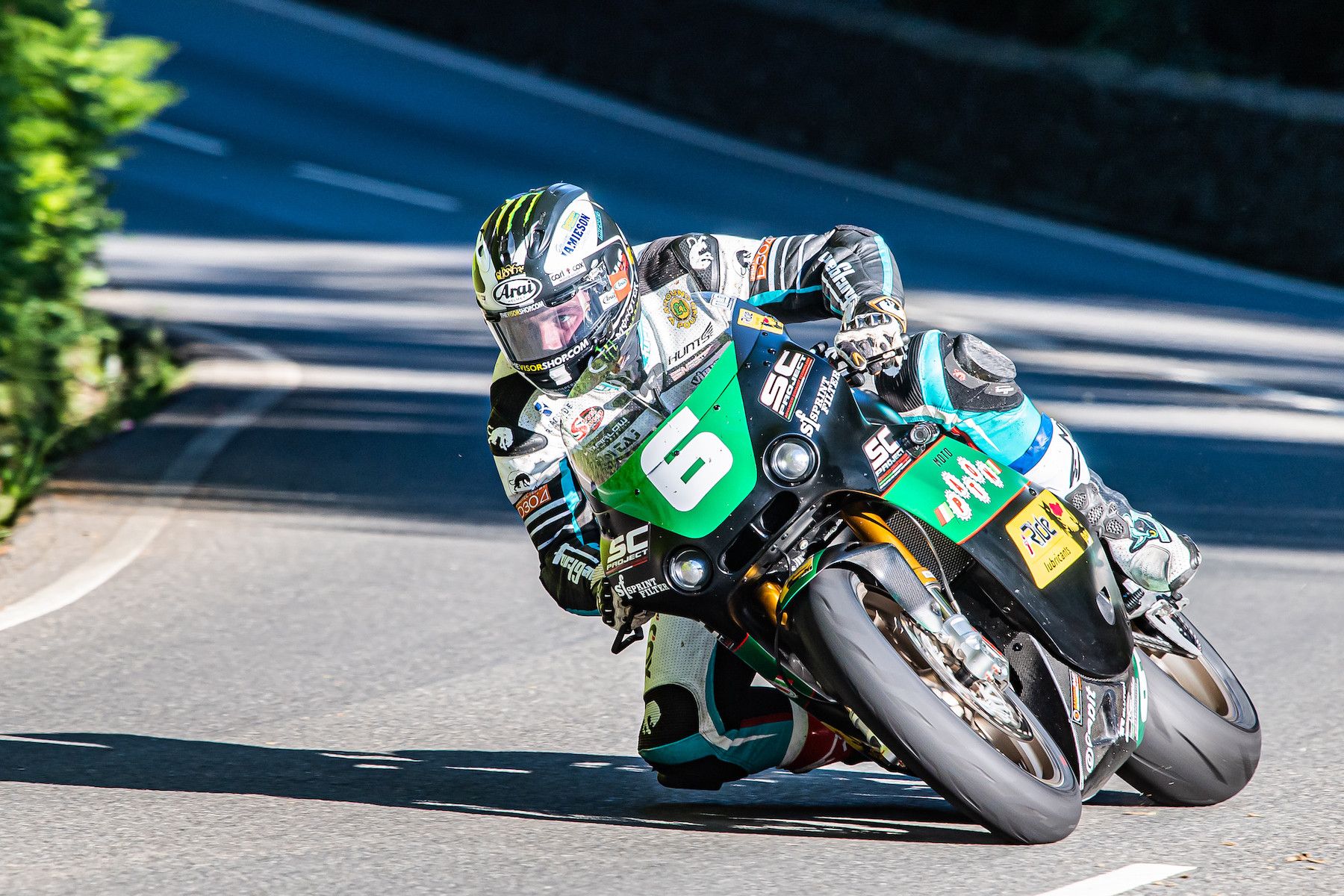
Rutter made amends in 2018, establishing a new 120.601 mph average on a Paton. There were four other Patons in the race but almost all the rest of the 45 were Kawasakis.
A year later Michael Dunlop won, on a Paton, upping the winning average speed to 121.646 mph.
Supertwins
Then came the great catastrophe – the 2020 and 2021 Covid lock-downs—with no racing at all at the TT. When racing returned in 2022, the regulations had been changed, and the class was now called “Supertwins” with a 700cc capacity limit allowing the new Yamaha YZF-R7 and the Aprilia RS660 in the field.
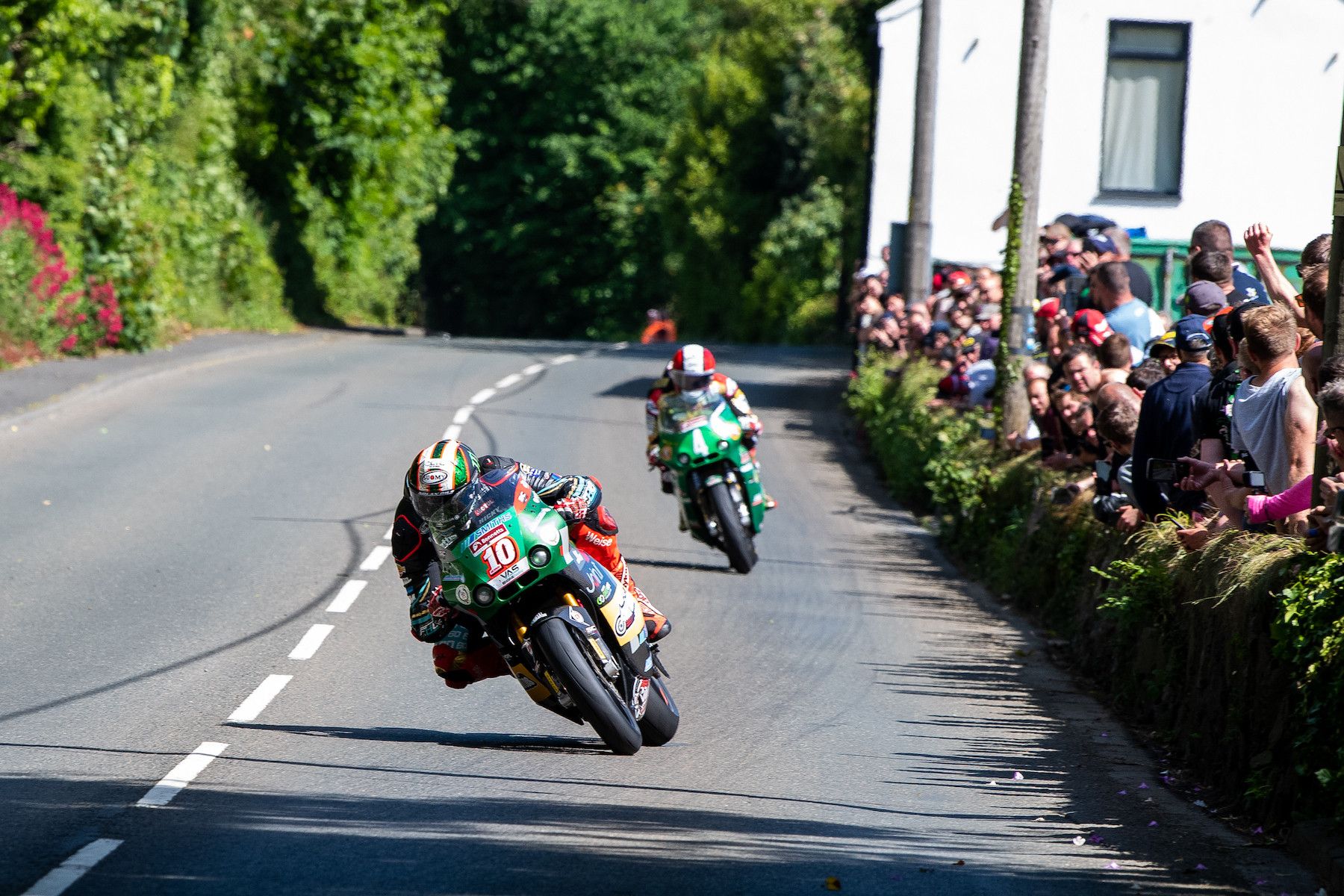
No matter, Kawasaki power still prevailed, with Peter Hickman doing the business on a Paton with a 120.006-mph average. The Italian brand won again in 2023, with Michael Dunlop winning from fellow Paton rider Mike Browne in the first of two races.
In the second, Peter Hickman gave the YZF-R7 Yamaha its début Supertwins TT win, but his 119.318 mph average was slower than Dunlop’s 2019 benchmark.
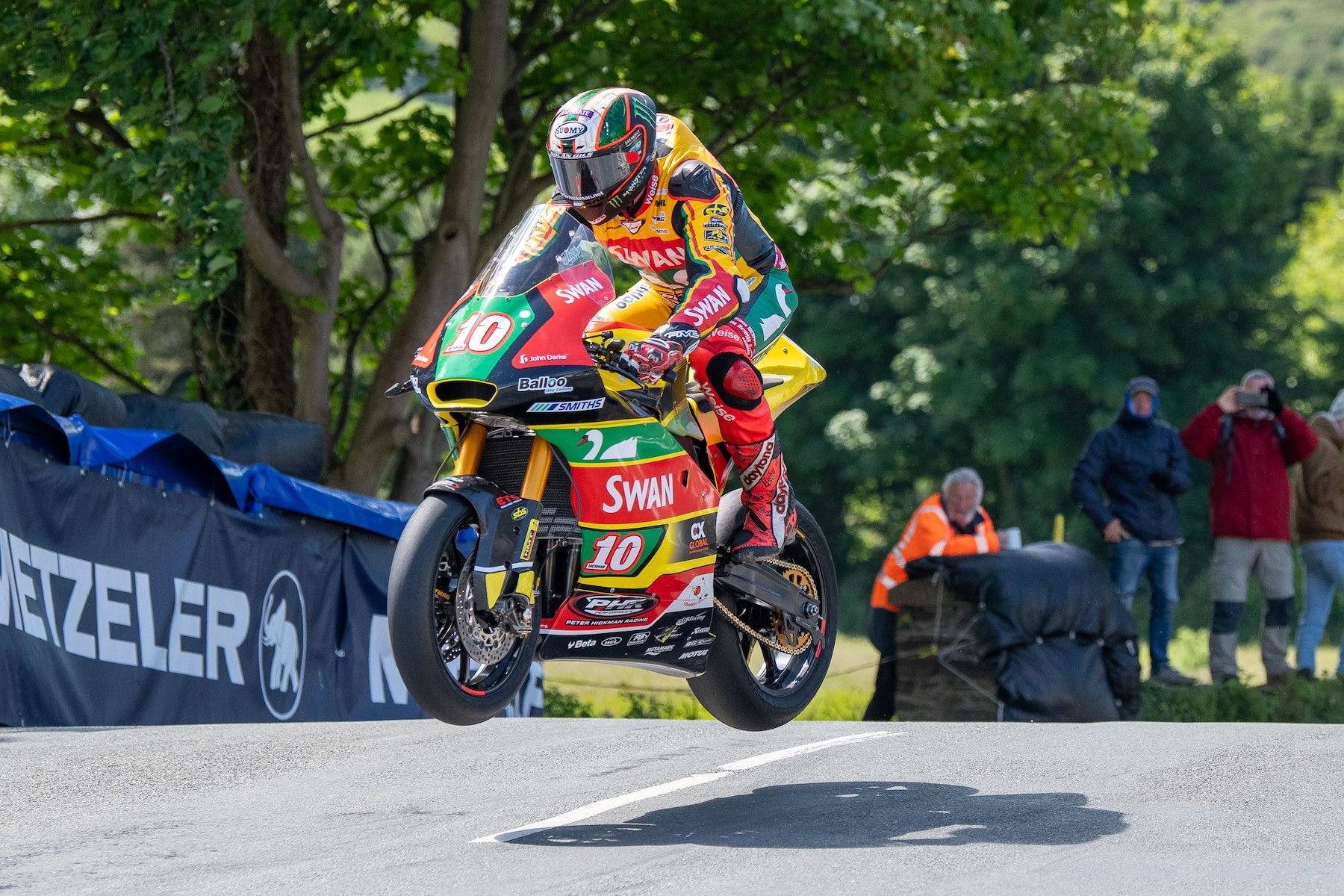
It was left to Dunlop to up his winning speed with a 122.451 mph effort in the second of the two races in 2024. He won both on a 650 Kawasaki-powered Paton. He repeated the effort (two wins on a Paton) in 2025.
Moto3 Potential
When privateers overwhelming chose one particular make and model of production bike for racing, it is a good bet that is because it is easily available and relatively cheap to race.
On that basis alone, could the Kawaski 650 Twin also make good sense for the mooted twin-cylinder class in Moto3?
Paton is already making a chassis and providing a race-ready 108-horsepower engine capable of propelling the machine to a 162 mph (260 km/h) top speed. It sells this ready-to-race package for 48,500 Euro ($56,800 U.S.), just under the mooted new 50,000 Euro price cap for the revamped Moto3 class.
There is also another possibly. In 2019 Kawasaki took a 49.5% stake in the Italian chassis maker Bimota and in 2025 the official Kawasaki entry in the Superbike World Championship runs a ZX10RR engine in a Bimota chassis, the team known as the Bimota by Kawasaki Racing Team.
Whether Kawasaki has the marketing acumen to pitch a proposal to Dorna for a Bimota 650 Kawasaki Moto3 machine, time will tell. As we can see, the engine is race proven across almost two decades of racing. It comes standard with a slipper clutch and a side-loading (cassette) transmission.
Then there is the 690 Yamaha, which was released in the USA in 2015. Immediately Keith McCarthy, then Yamaha Motor Corp. USA’s Motorsports Racing Division Manager (now retired) saw its potential for flat-track racing, as did Yamaha’s motorcycle product line manager Derek Brooks.
The result was the DT-07 Flat Track Concept bike displayed at the October 2015 AIMExpo in Orlando, Florida.
Unlike the bottom-up Werner-Kawasaki 650 development, this was a top-down approach, with Yamaha having a concept flat-track chassis built for its engine. Over time, it has collaborated with G&G Racing and Estenson Racing to race in the AFT Production Twins class (which it has won twice) and has now won the AFT SuperTwins Championship.
And as noted above, the 690 Yamaha has also provided a platform for Supertwins road-racing at the Isle of Man.
Given Yamaha’s long-term commitment to Grand Prix racing, a Yamaha 690 engine in a Suter or Kalex chassis is probably not beyond the bounds of reality.
Either way, the motorcycle that will become the Moto3 platform in 2028 will almost certainly have its roots in AFT racing!


